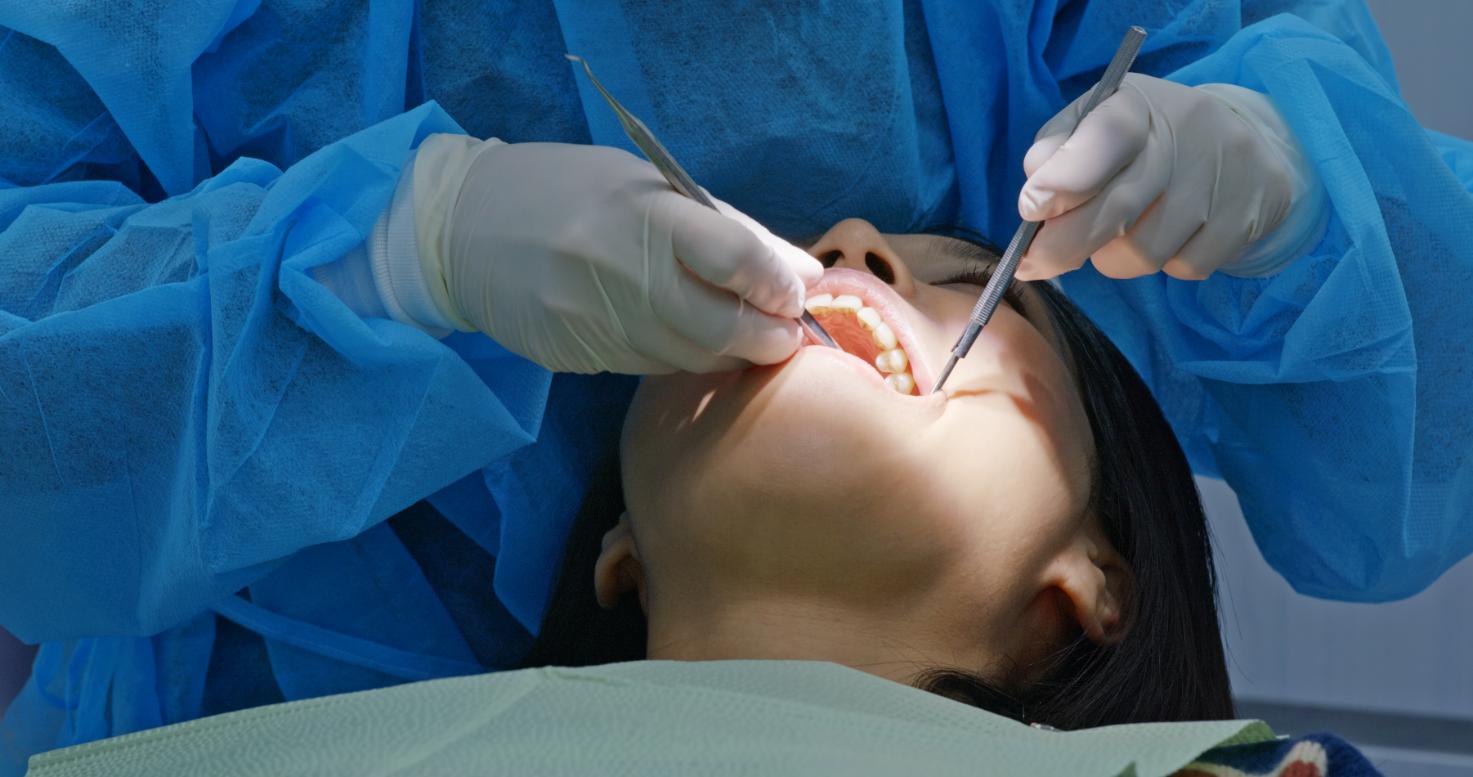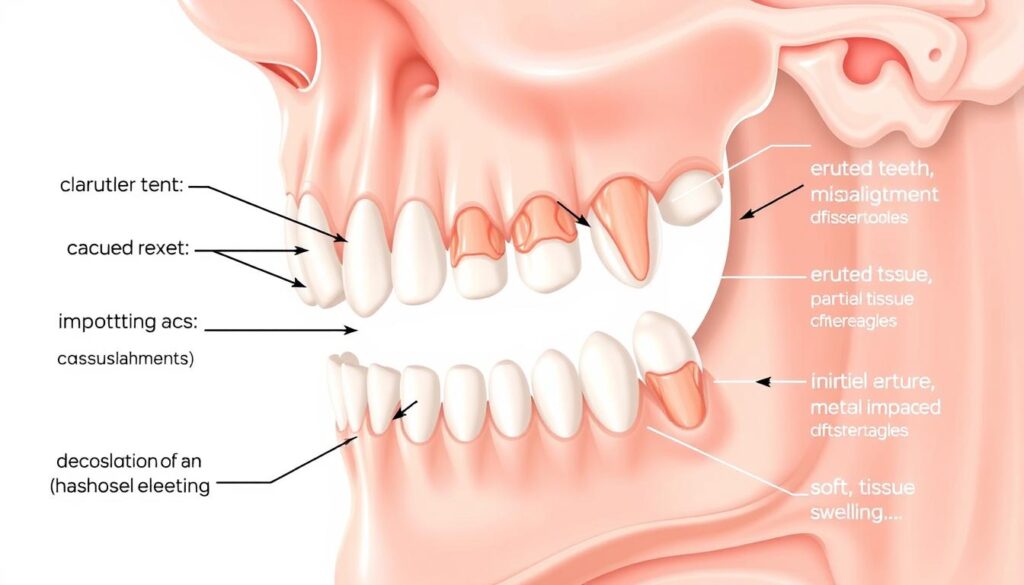
The process of impacted tooth extraction is a key dental procedure. It helps solve problems with tooth impaction, especially with wisdom teeth. Impacted teeth can cause pain, infections, and affect the alignment of other teeth.
Knowing the steps of this dental procedure is key for good oral health. This article will explain what happens during the procedure. It will also cover important recovery tips for a smooth healing.
Knowing about impacted teeth is key to good dental health. These teeth, like wisdom teeth, can cause problems if not treated quickly.
Impacted teeth can't fully come into the mouth because of blockages. This often happens when there's not enough room in the jaw. Or, when other teeth get in the way. Wisdom teeth are the most common to get impacted, leading to serious issues.
The reasons for impacted teeth causes are varied. They include:
People with symptoms of tooth impaction need to watch out. Signs to look for are:

Spotting these signs early can help a lot. A quick trip to the dentist can stop bigger problems.
The process of removing impacted teeth involves several key steps. First, a dental consultation is needed to plan the treatment. This step helps the dentist understand the patient's dental history and the tooth's position.
In the dental consultation, the dentist explains the extraction process. Patients learn about anesthesia options and the procedure's length. This talk helps ease any worries and prepares them for what's next.
On the day of the extraction, the dentist will give anesthesia to keep the patient comfortable. Depending on the tooth's location, incisions might be needed. The dentist will then carefully remove the tooth, watching the patient's well-being closely.
After the extraction, proper care is crucial for a smooth recovery. Patients get instructions on managing pain, diet, and oral hygiene. Following these steps helps patients heal quickly and return to their normal lives.
Recovery after tooth extraction is a key part of dental care. Knowing the recovery time, managing pain, and watching for complications can make a big difference. It helps make the experience better for the patient.
The time it takes to recover from tooth extraction varies. It depends on the person and the complexity of the procedure. In the first few days, you might feel a lot of swelling and pain.
Most symptoms should go away within a week. But, it can take several weeks to fully heal. Your age, health, and how well you follow oral care advice also affect recovery time.
Managing pain after tooth extraction is crucial for a smooth recovery. You can use over-the-counter pain relievers or medicines your dentist prescribes. Besides medicine, there are home remedies that can help:
Using a mix of these methods can make your healing process more comfortable.
It's important to watch for signs of complications after tooth extraction. Catching them early can prevent bigger problems. Look out for:
By keeping an eye out for these signs, you can get help quickly. This supports your recovery after tooth extraction.

Impacted tooth extraction is a key dental procedure for good dental health. Knowing about tooth impaction helps patients make smart dental choices. Understanding the process and recovery tips can reduce anxiety and improve results.
Following post-extraction guidelines is crucial for safe healing. These steps help avoid complications and make recovery easier. Also, don't forget the importance of follow-up care. It helps catch any issues early and keeps your mouth healthy long-term.
Being proactive about dental health is important. Regular dental visits and post-procedure checks lead to better results. Stay in touch with your dentist to keep your teeth and gums healthy for the future.
